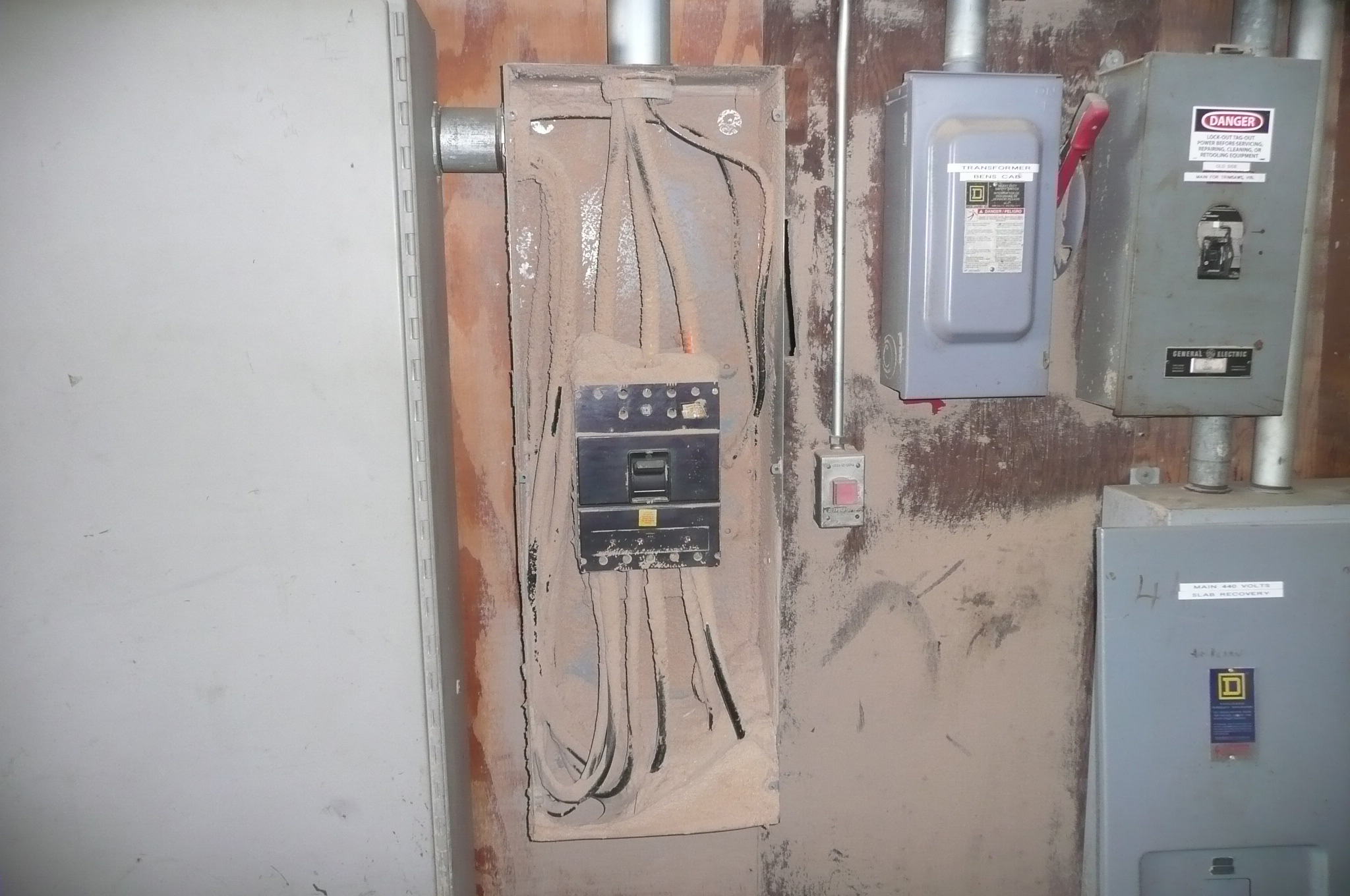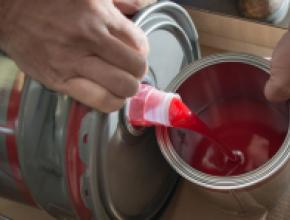 Dan Braiman. Loss Control Manager
Dan Braiman. Loss Control ManagerThough it is as common in woodshops as wood itself, wood dust is a particularly dangerous byproduct of woodworking. Excess dust creates the potential for fires and explosions that are not as uncommon as one may expect. In fact, when wood dust is present, a fire can easily and quickly ignite due to cigarette smoking, hot work, open flames or faulty electrical equipment, among a variety of other triggers. Not only are these fires dangerous, but they can cost a business dearly.
Sadly, many businesses in the industry have learned this through tragedy. For example, in 2003, a dust explosion at a manufacturing plant in Kentucky resulted in seven deaths and 37 injuries, according to the Occupational Safety and Health Administration. A dust cloud emerged from an unattended oven, sparking massive flames.
Additionally, in 2015, a timber company in Tennessee suffered heavy losses due to fires caused by excess wood and dust. The fire burned for nearly a week, led the company to halt operations and cost them more than one million dollars, Hughes Environmental, a disaster mitigation company, reported on its website.
So, what can woodshop owners do to protect their employees and their businesses from this risk? Properly removing dust is a critical practice, which involves thorough housekeeping practices and properly managed dust management systems.
 Wood dust can collect in any location. Photo: PLM
Wood dust can collect in any location. Photo: PLMHousekeeping and the human element
To make sure a business is protected from the threat wood dust poses, woodshop management should implement comprehensive housekeeping and maintenance procedures.
In particular, management should keep an eye on several areas within their facilities that, without regular attention, tend to accumulate dust, including:
- Vertical surfaces with adhered dust
- Horizontal surfaces, including beams, joists and tops of equipment
- Concealed spaces, such as that behind equipment
- Electrical panels and motor control boxes
- Motors, particularly in the area of the dust collection system
Business owners can also seek professional assistance in identifying areas of possible wood dust accumulation; your insurer’s loss control team can be a resource.
Once identified, it should be a top priority for employees to keep these areas cleaned regularly, to prevent or limit dust collection. Keep in mind, wood dust tends to accumulate quickly in closed off and difficult to access places. Each day, clean all work stations and under all equipment surfaces; also empty bins under enclosure-free dust collection systems. A few times a year, clean the entire facility to remove wood dust and other hazards.
Vacuuming is a simple and effective method of removing dust. Before vacuuming, employees should be sure to de-energize breakers and power down equipment to limit potential safety hazards.
Dust control equipment
One of the keys to effective wood dust management is a good dust collection system — yet this critical piece of woodshop infrastructure is also a site of explosions and fires. Sparks created on the woodshop floor can be carried through the dust collection system with sawdust and shavings, where they can lead to fires.
In woodshops, dust control systems must be equipped to reduce the risk of fire. The system should also have a safety shut-off and alarm system. The system will then be able to alert employees of potential problems and shut down accordingly. The equipment should include fire prevention and suppression controls, such as abort gates, spark detection and extinguishing systems. These detect sparks and release water to extinguish the sparks before they ignite into uncontrollable fires.
In addition, facility managers should consider air return prevention measures. Air returning to facilities via collection systems can carry more dust leading to increased risk of fire in the building. An abort gate can prevent this risk by not allowing sparks to form and enter the building.
Other features of dust control systems can help mitigate the risk of fire. For example, access doors can easily allow for inspection, cleaning and maintenance. Consider the NFPA’s requirements and consult with your insurer for more information.
Next steps
Properly mitigating the risk of a wood dust-related fire begins with these dust removal basics, but also includes equipment maintenance and fire suppression systems. Before making any sudden changes to your facility, such as implementing new dust control equipment, confirm that these changes follow NFPA guidelines. Wood manufacturing combustible dust standards can be found at NFPA 664.
It’s also important to confirm that any changes in infrastructure or equipment are included in your insurance coverage. A good insurer, who knows the wood niche, can guide a woodshop owner in identifying wood dust risks within their business, as well as in developing and implementing a comprehensive dust control plan, in purchasing and maintaining effective and safe wood dust control equipment, and in implementing housekeeping requirements.
Source: Dan Braiman is a loss control manager for Pennsylvania Lumbermens Mutual Insurance Co. He has more than 14 years of loss control experience in the wood industry. Dan can be reached at [email protected]. For information, visit plmins.com; Twitter: @PLMinsurance.





Have something to say? Share your thoughts with us in the comments below.